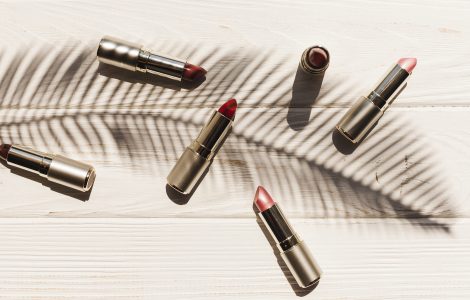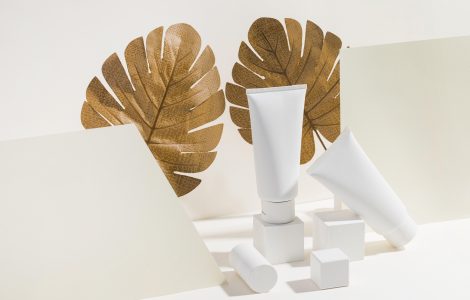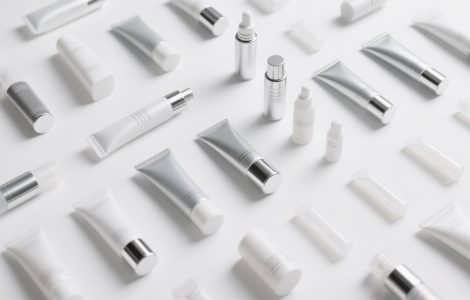The beauty industry is in the middle of a green awakening. Everywhere you look, brands are talking about “eco-friendly formulas” and “sustainable packaging.” But behind the glossy marketing, there’s a tougher question most brands still struggle to answer: How can we stay beautiful — and be truly sustainable?
Because let’s be honest: sustainability sounds simple, until you have to make a tube that looks luxurious, protects your formula, and can actually be recycled.
Why Sustainable Cosmetic Packaging Is Harder Than It Looks
Scroll through any Reddit thread on sustainability, and you’ll find comments like this one: “I bought a moisturizer tube labeled ‘biodegradable,’ but it’s been in my compost for six months — still intact!”
That sums up the frustration many eco-conscious consumers feel. Good intentions aren’t enough. Many “green” packages still end up in landfills because they’re made from mixed materials or require special industrial composting that doesn’t exist in most cities.
In other words, the problem isn’t that we don’t care — it’s that our systems aren’t designed for circularity.
What Makes Packaging Truly Sustainable?
Real sustainability goes beyond buzzwords. It’s not just about using recycled plastic or printing a green leaf on the box — it’s about rethinking the entire lifecycle of packaging.
A truly sustainable cosmetic package should achieve four things:
| Principle | Description |
|---|---|
| Low material impact | Made from renewable, recyclable, or post-consumer recycled (PCR) materials. |
| Efficient manufacturing | Lower energy use, reduced waste, and fewer emissions during production. |
| Durability with purpose | Still functional, protective, and airtight — because waste isn’t sustainable. |
| End-of-life clarity | Designed to be refilled, recycled, or safely degraded, without consumer confusion. |
When you optimize every stage — sourcing, production, use, and recovery — sustainability becomes more than a label. It becomes a system.
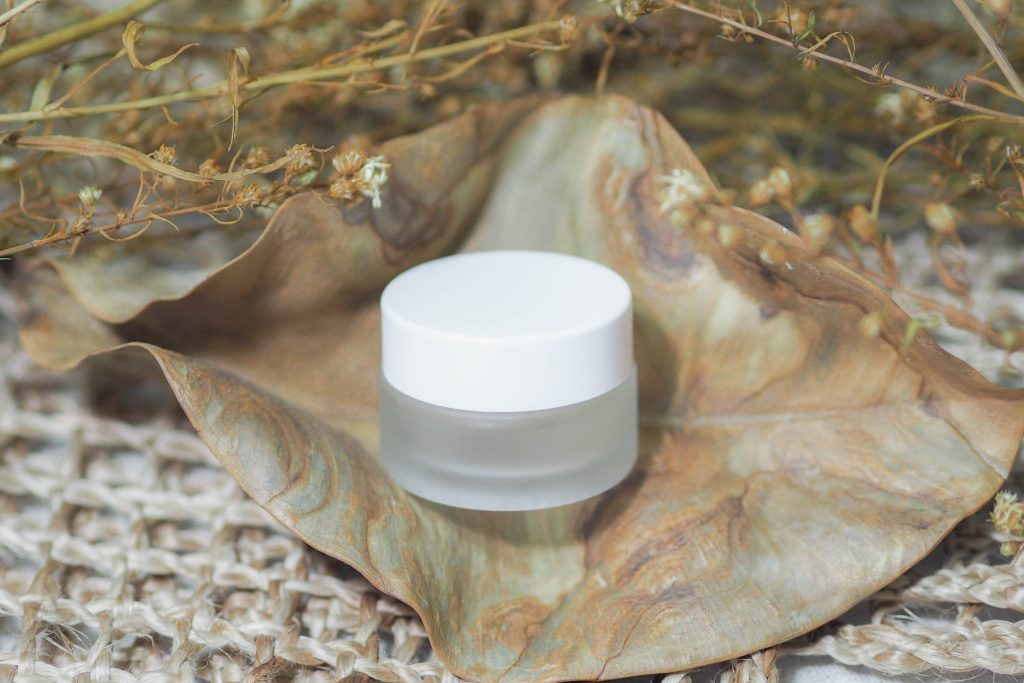
Smart Design Trends Driving Sustainable Packaging
The future of sustainable cosmetic packaging isn’t just about what materials we use — it’s about how we design them.
Across the beauty industry, brands are embracing simpler, smarter, and more circular designs that reduce waste and make recycling practical. These packaging innovations are redefining what “eco-friendly” really means — not as a trend, but as a transformation in design thinking.
Let’s explore four powerful innovations shaping the next generation of sustainable beauty packaging.
Mono-Material Packaging Simplifies Recycling
Think of this as the “minimalist design” of sustainability. Instead of combining layers of plastic, foil, and coatings, brands are turning to all-PE or all-PP tubes that can be recycled as a single unit.
These new mono-material tubes still feel sleek and glossy but skip the recycling nightmare. For consumers, it means: no guessing which bin to use.
PCR and Biobased Materials Reduce Carbon Impact
Using post-consumer recycled (PCR) resin is one of the fastest ways to reduce virgin plastic use — without changing the look or feel of the product.
Some brands are also testing biobased PE made from sugarcane ethanol, which cuts carbon emissions while maintaining the same durability as fossil-based plastic.
In packaging engineer trials, well-designed PCR tubes perform as strongly as virgin PE — when extrusion pressure and wall thickness are optimized.
| Material | Source | Carbon Impact | Recyclability | Cost Level |
|---|---|---|---|---|
| PCR PE | Recycled plastic waste | ↓ Up to 60% CO₂ | Excellent | Moderate |
| Biobased PE | Sugarcane ethanol | ↓ 30–50% CO₂ | Excellent | Slightly high |
| Virgin PE | Petrochemical | — | Excellent | Low |
Refillable Systems and Lightweight Designs
“Refillable” used to mean messy jars and leaky pouches. Today, precision-engineered refill systems — with click-fit inner pods or replaceable liners — make it practical and hygienic.
Meanwhile, advanced extrusion allows walls to be 20% thinner, saving material without sacrificing protection. Less plastic, same premium feel — that’s smart sustainability.
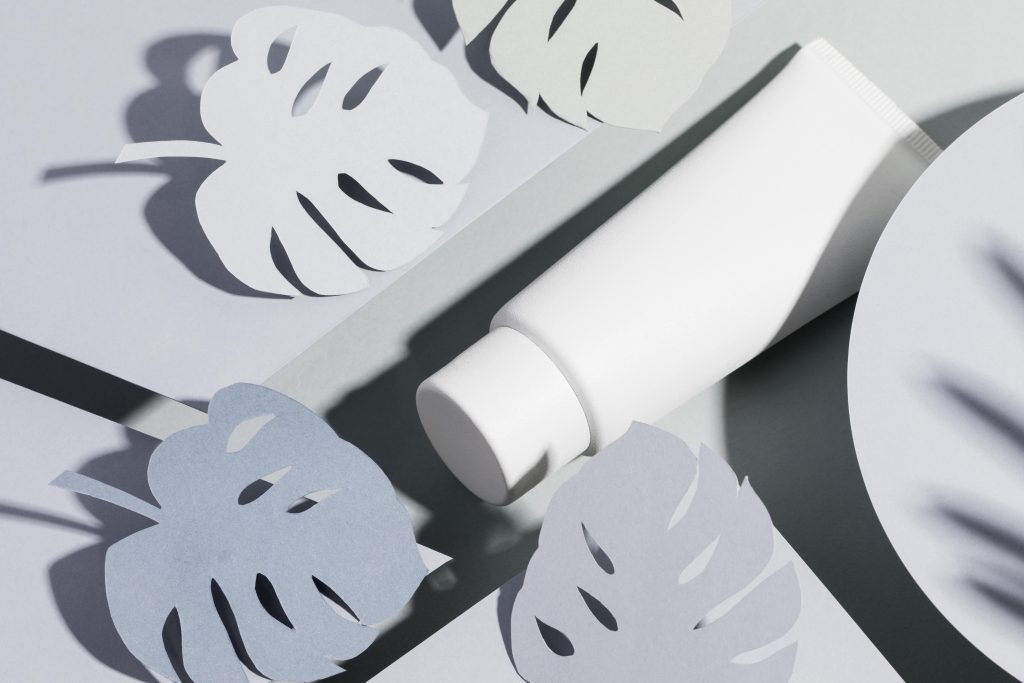
Aluminum and Hybrid Packaging for Circularity
Aluminum packaging may be old-school, but it’s still one of the most circular materials on Earth — infinitely recyclable and durable.
Many high-end beauty brands now use hybrid aluminum + PCR plastic designs to achieve both aesthetics and recyclability. It’s proof that eco-friendly doesn’t have to look plain.
The Cost Challenge Behind Sustainable Packaging
Here’s the truth few people talk about: sustainable packaging can be more expensive upfront. Biobased materials and PCR resin often cost more than virgin plastic.
But smart brands see it as an investment, not an expense — because it builds trust, loyalty, and long-term savings as recycling infrastructure improves.
A simple roadmap to start:
- Begin with your best-selling SKU using recyclable or PCR packaging.
- Gather real consumer feedback on functionality and feel.
- Scale gradually to refillable or biobased versions.
Sustainability is a journey — and every small step counts.
Case Study: Replacing Plastic Without Losing Shine
A European skincare brand wanted to reduce its plastic footprint but keep its glossy aesthetic. The challenge: how to stay premium while going green.
Solution:
A 60% PCR mono-PE tube with direct printing — no labels, no foil.
Results:
- 48% reduction in virgin plastic
- 100% recyclable design
- Same luxurious gloss finish
Within six months, the brand expanded the design across its entire product line. That’s how sustainable change scales — not through slogans, but through smart design.
How Beauty Brands Can Transition to Sustainable Packaging
If you’re considering the switch, here’s a straightforward roadmap:
| Step | Action | Goal |
|---|---|---|
| 1. Audit | Identify which components are non-recyclable or over-designed. | Clarity |
| 2. Define Goals | Carbon reduction? Refill system? Certification? | Strategy |
| 3. Choose Materials | PCR for short-term wins, biobased for long-term innovation. | Impact |
| 4. Prototype & Test | Validate sealing, compatibility, printability. | Reliability |
| 5. Communicate | Be transparent about progress, not perfection. | Trust |
Even one eco-upgrade — like switching to a mono-material tube — moves your brand forward.
Final Thoughts: Sustainability Is the New Luxury
In beauty, packaging has always been about first impressions. Now, it’s also about lasting impact.
Sustainable cosmetic packaging isn’t just an environmental move — it’s a business strategy. It builds brand credibility, aligns with modern consumers’ values, and prepares you for the next generation of regulation.
The brands that act now won’t just look better — they’ll lead the change.

